The lower left abdomen is where the last part of your colon is located. For women, the left ovary is also located in the lower left quadrant of the abdomen.
When people experience lower left abdominal pain, they usually expect it to disappear after a day or two. There are instances when the pain in the lower left abdomen is felt following an injury or trauma. If this is the case, you need to contact your doctor soon or go to the hospital because it might be a medical emergency.
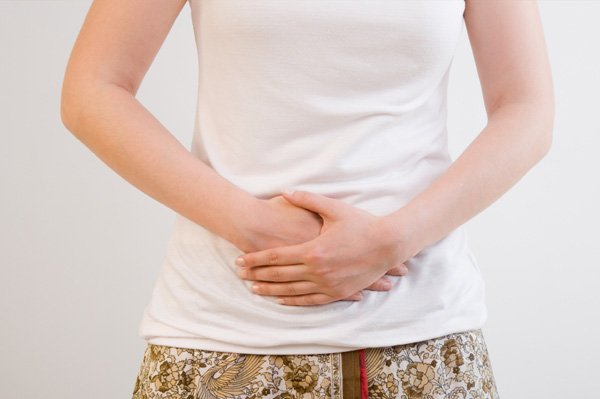
Symptoms Might Occur With Lower Left quadrant Pain
Here are the common symptoms when you are experiencing lower left quadrant pain:
- Tenderness in the lower left abdomen
- Abdominal swelling
- Bloody stools
- Fever
- Nausea
- Vomiting
- Weight Loss
- Jaundice
The symptoms you will experience and the pain will give you an idea of what health condition you are suffering from.
Organs that are Located at the Lower Left Side of the Abdomen
- Colon
- Left Ovary
- Kidney
- Left Ureter
- Uterus
- Left Spermatic Cord
- Bladder
- Sigmoid Colon
Problems in the lower left abdomen may be caused by issues in any of the above-mentioned parts. However, there are still other possible explanations that are available. Get to know the different possible causes of lower left abdominal pain to know what you can do to stop the pain.
26 Causes of Lower Left Abdominal Pain in Men and Women
1. Diverticulitis
This is known to be the most common cause of lower left abdominal pain. Diverticula or small pouches may start to appear on the colon. This is common for people who have reached 40, although younger people may get this condition too. These pouches can sometimes swell up. This is when the pain occurs.
Different symptoms are associated with having this condition, such as the following:
- Fever
- Nausea
- Vomiting
Some people have reported that while suffering from diverticulitis, they also suffer from diarrhea or constipation. The pain that is felt when people have this condition is usually sharp. People who are suffering from this condition usually report feeling a bit bloated. This is caused by the bulge that forms on the left bowel walls.
2. Lactose Intolerance
Some people cannot digest anything that contains lactose. This is a component usually found in dairy products. Those who are lactose intolerant usually experience mild-severe pain as their bodies struggle to digest the food or drinks that they have taken.
People suffering from this condition are recommended to try out other products that may be similar to daily minus the dreaded lactose, not to be uncomfortable anymore.
3. Celiac Disease
This is a type of condition that can affect people in different ways. Those who have this usually need to stop taking gluten because the appearance of gluten inside the body will cause the small intestine to be attacked for no reason.
Many people do not even realize that they have this condition because whenever there are symptoms that they experience, they relate this to other conditions. People with relatives with this condition are more prone to developing this condition too.
4. Ulcerative Colitis
This is an inflammatory bowel disease that a lot of people may experience. This is a condition that can cause ulcers to form in the colon. The bigger the portion of the colon affected, the more painful the condition will be.
A lot of people who are below the age of 30 experience this. There are not many studies that show how people get it, but if you have a family member with this condition, expect that you have a higher chance of acquiring this.
5. Intestinal Obstruction
Some people call this condition bowel obstruction, wherein your small or large intestine becomes partially or completely blocked.
Some conditions, such as Chron’s disease can increase your chances of experiencing intestinal obstruction. If you suspect that your bowels have been blocked, your abdomen may be bigger than usual and tender to touch.
6.Pseudomembranous Colitis
This is a condition caused by the inflammation of the colon. This usually occurs after a person has had diarrhea. This is also commonly caused by a bacteria called C difficile. This bacteria can produce toxins that can cause inflammation and bleeding in the colon, which can cause pain.
Some people are more at risk of acquiring this condition, such as the following:
- The elderly
- Those who use the antibiotic
- Those who have undergone surgery
7. Gas
Stomach gas may form when your stomach is trying to digest the food you have eaten, but it has produced too much. There are also times when you can get gas because of eating too fast. You can immediately release gas by belching or passing gas through your anus. You will be relieved when you do not have excess gas anymore.
8. Indigestion
This is a type of condition that people experience at least once. This usually occurs after eating. When you eat, your stomach produces acid, but too much acid can irritate your stomach, esophagus, and bowels. This mild condition may have many other symptoms but will disappear over time.
People who are experiencing indigestion may also notice the following symptoms:
- Feeling full
- Nausea
- Heartburn
- Passing Gas
9. A hernia
If you are not too familiar with Hernia yet, this is a condition wherein an internal organ is pushing through the surrounding muscles and tissues. Those who have this condition may notice that they have a bump in the lower left abdominal area. Other symptoms should be noted by those who suspect that they have this condition:
- The bulge is starting to increase in size.
- The more that the bulge increases, the more painful the area becomes.
- Pain whenever trying to lift an object
- Feeling full even if you have not eaten anything
The symptoms that will be felt will still differ depending on the type of hernia that you are experiencing. Have yourself checked by your physician to be sure. An underlying health condition typically causes a hernia. You should know what it is now before it worsens.
10. Testicular injury
This type of injury occurs when an object hits the testicle. A blunt injury may cause this type of injury or may also be penetrating.
The tests are very vulnerable to injury because they are not offered any protection. Those who experience this may feel the pain that can go up the lower abdomen. The worst thing that can happen is it can cause a man to become infertile. If this is experienced, men are recommended to see their doctor immediately.
11. Constipation
There are different reasons why people may become constipated. It may be because of the food they eat, or it can also be because of how their digestive system is functioning. Pain in the lower left abdomen brought about by constipation usually causes a continuous pain that feels a bit limiting. People will have more chances of developing constipation if they eat low-fiber food products. People are also more likely to become constipated when not drinking enough water.
12. Urinary Tract Disorder
When you are having problems with urinating and the urine that you pass usually comes in trickles, this may be a sign that you are suffering from Urinary Tract Infection. (UTI) The infection is most likely caused by bacteria that cause problems to the whole excretory system.
You should know by now that the excretory system comprises the bladder, the kidneys, and the ureter or urethra. This condition can be treated by doing some home remedies, but if the condition is already severe before being discovered, you would have to go to the doctor immediately.
13. Cystitis
This is another condition that affects the excretory system. Having this condition can lead to lower left abdominal pain. You will know if you have this condition if you constantly feel the need to urinate often. You will also feel pain in your pelvis. This is caused by bacteria that cause pain in various parts of the excretory system.
14. Irritable Bowel Syndrome
You may get this condition based on the food that you have eaten. Sometimes it is determined by how much food you have already eaten. You will know if this is the condition that is causing your left abdominal pain if you keep on experiencing contractions. You should also look for other symptoms, such as passing stools that contain mucus and feeling some abdominal cramps.
15. Crohn’s Disease
This is known to be one of the most common causes of experiencing lower left abdominal pain. Pain is usually one of the first symptoms that people diagnosed with this condition get to experience. Other symptoms to look for if you suspect that you have this condition, include severe diarrhea, vomiting, and rectum bleeding. You should not wait for the symptoms to come out before you have yourself diagnosed by your physician.
16. Kidney Infection
Some people develop kidney infections because of the different food products they eat or exposure to infection or bacteria that may cause problems with the body’s organs. Most kidney infections first start from the bladder. As it progresses undetected, the condition reaches the kidneys.
People with kidney infections usually describe acute pain that does not seem to disappear. Aside from the pain, people also have trouble peeing because of their burning sensation.
17. Kidney Stones
The main reason why people develop kidney stones is because of the high amount of uric acid in the body. Sometimes, it is also caused by consuming too much calcium. Uric acid and calcium can be found in various food products such as dairy, nuts, and fish.
Some people develop kidney stones because they do not drink enough water. People who dislike drinking water are more likely to develop this condition. You will know if you suffer from kidney stones if you have a fever and abdominal pain.
While both men and women can experience the first 17 conditions that are mentioned above, there are also some causes of lower left abdominal pain that only men or women can get, such as the following:
Causes of Pain in the Lower Left Abdomen in Men
18.An Inguinal Hernia
This is the type of Hernia that men only experience. Generally, when a portion of fat or an organ pushes at the lower abdomen, it can cause pain. This is more common in men as compared to women. There are other symptoms to look for, such as the following:
- A bulge in the groin grows as time passes by.
- The bulge on the groin disappears when you lie down.
- The bulge on the groin becomes more painful when doing physical activities.
- The scrotum becomes enlarged.
This is a type of condition that would need immediate medical attention, especially if you start to experience these symptoms:
- Tenderness in the area where the bulge can be seen
- Sudden pain that worsens over time
- Having a problem with passing gas or doing a regular bowel movement
- Fever
- Vomiting

Causes of Pain in the Lower Left Abdomen in Women
19. Menstrual Cramps
The medical term for menstrual cramps is dysmenorrhea, which only affects women. It is usual for women to experience cramps before and during their periods. The pain can be different from one woman to another. Some women can describe the pain as annoying because it is a mild, dull pain that will go away over time.
There are some women, however, who experience terrible stomach cramps. Their cramps may be so painful that they can barely get out of bed the whole time they have their period. Even if menstrual cramps can affect women’s daily activities, they are generally harmless and will go away over time.
20. Endometriosis
The uterine cavity is the right place for the uterus tissue lining to grow. If it does not grow there and grows outside the uterine cavity, this leads to Endometriosis. Aside from the pain usually felt on the lower left side of the abdomen, women may also experience pain due to constipation or diarrhea. Women who have this condition typically undergo a lot of discomfort.
21. Ectopic Pregnancy
While many women dream of becoming pregnant, it usually becomes a problem when the pregnancy is ectopic. This means the fetus is not growing where it should grow inside the uterus. Pain in the lower left abdomen felt by pregnant women should be checked by the doctor immediately, just to be sure.
Now that most of the possible causes of pain in the lower left abdomen have been discussed, it is only natural to know what you can do to eliminate the various conditions. Of course, the things that you are going to do will highly depend on the situation that you are experiencing, but here are the things that you can do in general:
22. Uterine Fibroids
This is a condition wherein benign tumors are found in the uterus. The fibroids are usually round-shaped. There are different reasons why women have this condition. It may be because of genetics or growth factor. Many women experience this condition before they reach 50 and are not even aware that they have it.
The pain can start when the fibroids are too big. Some of the other symptoms that may be experienced are the following:
- Pressure on the Bladder
- Pelvic Pain
You should get checked if you suspect this condition because it can cause repeated miscarriages. At the same time, it may cause infertility.
23. Pelvic Inflammatory Disease (PID)
Some women experience this condition when they acquire any form of STD. There are also times when other infections can cause PID. Some women are unaware they have the state because they do not experience any symptoms.
For those who have symptoms, these are the common ones to watch out for:
- Vaginal discharge with a fishy or foul odor
- Having trouble urinating
- Bleeding in between periods
- Fever
- Pain when having sex
You can still inform your doctor if you experience any of the symptoms mentioned above.
24. Ovarian Torsion
When a woman has large ovarian cysts, it will already cause the ovaries to change positions. When this happens, the ovaries may twist and may start to cause pain. When the ovaries are twisted hard enough, the blood supply to the ovaries and the fallopian tubes is cut off.
Women who are pregnant may be more likely to suffer from this condition. This is not a common condition. When a woman experiences this, the pain can be sudden and severe. A lot of times, surgery is required to fix this condition.
25. Shingles
If you have had chickenpox before, then do not think it is over the moment that the spots go away. The virus may still stay inside your body and just wait for the right time to appear. Some people have experienced the virus coming back as shingles when they reach the age of 50—some experience it later in life.
You can tell if you are suffering from shingles based on the other symptoms that go with it. There is usually a stripe of what looks like blisters on one side of the body. Some people do not have rashes but will feel pain in one part of the body.
Take note if you have these other symptoms:
- Numbness or tingling in some parts of the body.
- Some parts of the body can be hard to touch.
- Some blisters may scab when scratched.
- Itch
If you would like to lower your chances of getting this condition, the solution is simple: have yourself vaccinated. It will make a lot of difference.
26. Ovarian cyst
The cyst is usually a sac that is filled with fluid. This may be found in the ovary, although a cyst can appear in any body part. It is usual for women to get cysts in their ovaries from time to time. They will usually go away in a few months.
It can be a problem when the cyst becomes larger, which can already cause discomfort. This type of cyst may press on your bladder, making you feel the need to urinate more often than usual. It can also be problematic when the cyst becomes inflamed and ruptures.
There are symptoms that you have to look for if the cyst is a true problem:
- The abdominal pain that you are experiencing is severe.
- The pain causes you to vomit.
- You have a fever.
- You have cold and clammy skin.
These symptoms may show that your body is undergoing shock and needs to be checked immediately.
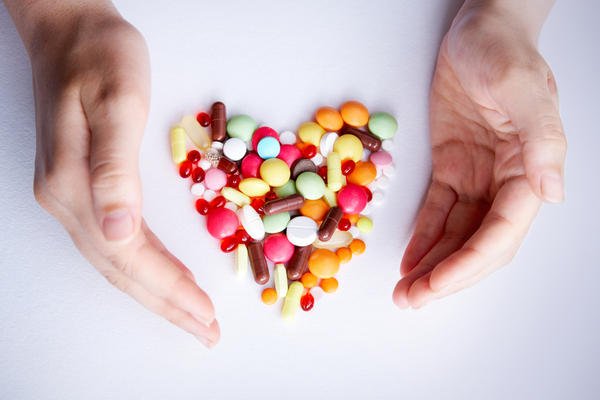
Left Lower Quadrant Pain Treatment
Make some changes to your diet
Your current diet brings about some of these conditions. Do you find yourself eating unhealthy food more than a healthy food product? Perhaps you do not include a lot of fruits and vegetables in your diet. Take an honest look at the food that you usually eat. Do you think these food products will greatly change your health? You may do the following:
- Drink about 8 – 10 glasses of water every day, although this may change depending on how much you need.
- Find meal plans that will give you the nutrients you need.
- Take note of the food that may cause your abdomen to be irritable, and avoid taking them no matter how good they taste.
Do more exercises
One of the reasons why the body becomes healthier and stronger against diseases is because of exercise. In this busy world that people live in today, doing exercises may not be the first thing people think of doing in the morning. Still, things are highly different if you just incorporate simple exercises throughout the day.
Get enough sleep
Do you notice that you usually have more problems with your body if you go through several days without proper sleep? This is because sleep recharges the body, and if you would like to be ready to face another day again, you should get the required amount of sleep each night. Most adults need about 6 – 8 hours of sleep every night.
When to see your doctor
Lastly, do not forget that if you feel lower left abdominal pain you know you should not, do not hesitate to contact your doctor about it.
You also have to note the activities you have done or the food you have eaten before feeling the pain. This will allow your doctor to know what causes the pain immediately. Once you receive your diagnosis, follow the steps to make you feel well again.


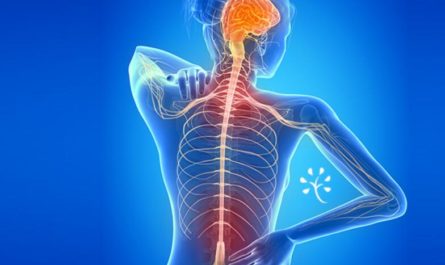

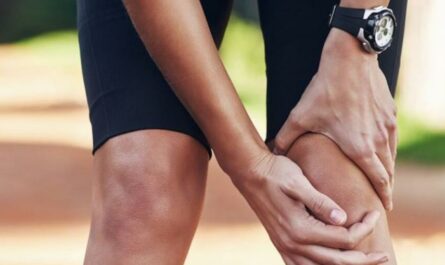
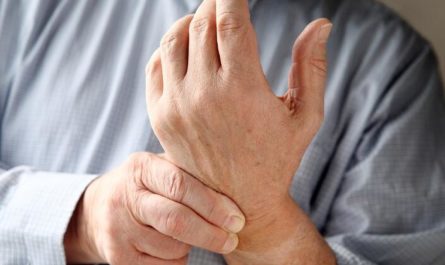
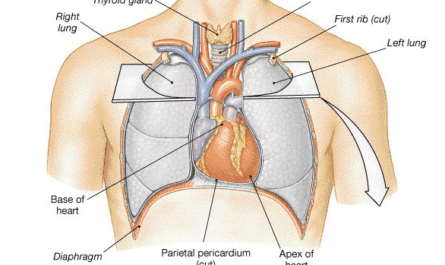
Thank you the information was excellent and has helped me pinpoint a possible cause of my pain.